How to build and optimize Your B2B product page that converts?

You’ve probably heard the adage, “a good product sells itself.” You may have even chosen products to sell or manufacture based in part on this principal. While it’s important to have products that are so great they could sell themselves, the reality of today’s B2B sales market is that most people won’t be able to see or experience your products, which is why a good product page is crucial.
How do we know this? At Alibaba.com, we conduct deep user research on business buyers’ habits, so we can help sellers optimize their own product pages and make more sales. Read on to get these tips come straight from the buyers themselves.
Why are product pages essential to your B2B sales strategy?
Gone are the days of offline trade shows where people can see, feel, and experience your products, or hear tales of their wonders from passionate salespeople. Wholesalers, manufacturers, and even smaller suppliers that traditionally sold on B2C platforms are increasingly joining B2B ecommerce platform like Alibaba.com to get leads and connect with buyers.
That means sales now start and end online. Your product pages need to both serve as an advertisement for your products, and help build trust in your company as a potential buyer’s business partner in the long run.
How to optimize your B2B product pages?
So, what can you do right now to optimize your listing and start getting large orders from business buyers?
1. Add more information
B2B purchases tend to take longer than B2C purchases because there are multiple decision makers, and more money that has to be signed off on. That means your product page needs to convey all the information that multiple stakeholders may want to see in order to give their stamp of approval on the purchase.
If you don’t list all the information you can and answer potential questions upfront, you risk:
- creating a longer sales cycle due to questions going up and down the chain and back to you
- buyers assuming your business doesn’t offer what they’re looking for and continuing to search for a seller that does.
Take the time to add every detail on product features, pictures, sizes, materials, and general capabilities of your company.
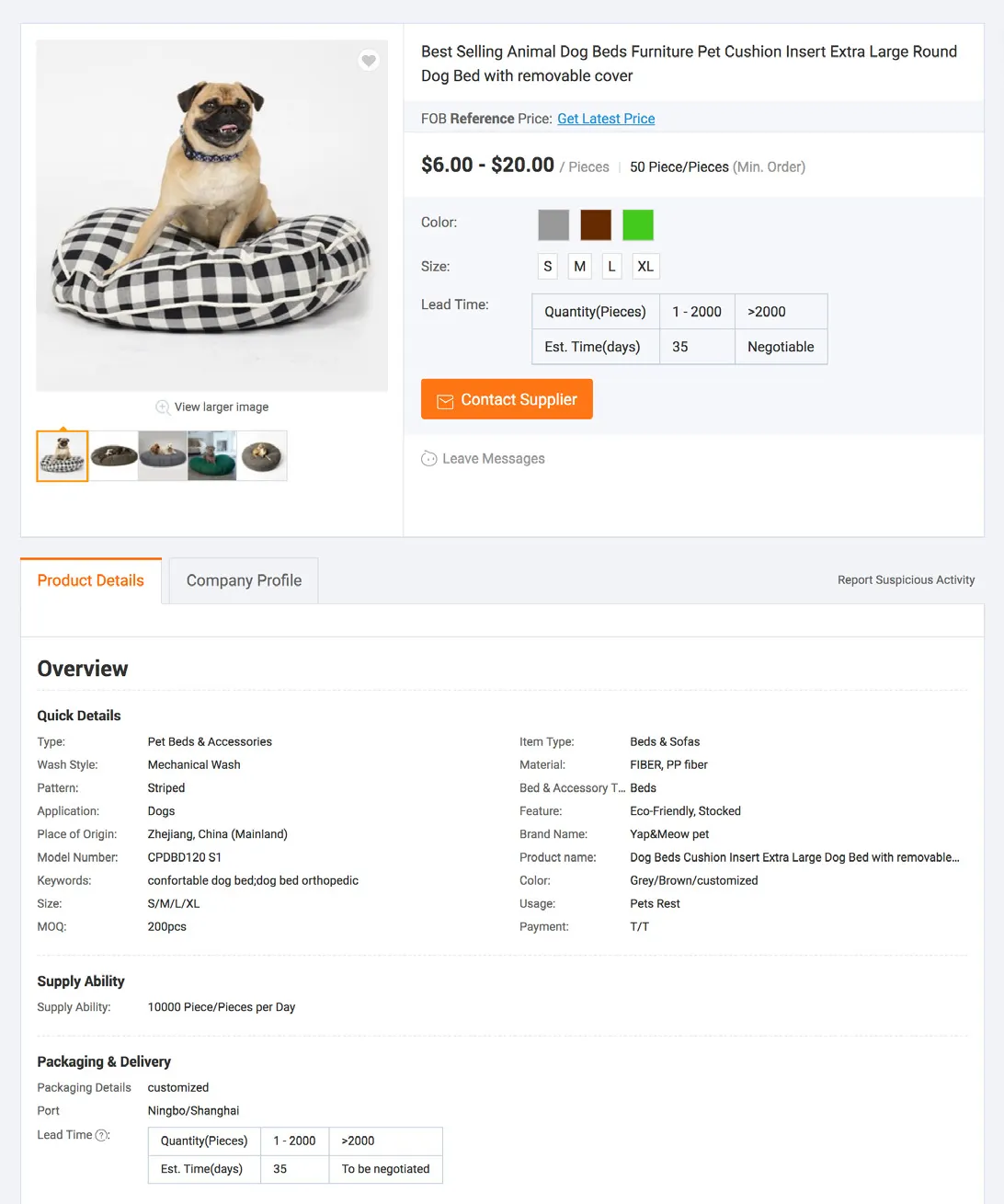
2. Optimize your listed product name
You’ve heard of SEO. And everything you’ve heard is probably true. Optimizing your listed product name for search engines should be a top priority.
Think like your ideal buyer: What would they type into the search bar in order to find your product? Try to include as much of this information in the title as possible. Include highly searched terms like materials, ingredients or methods used to produce your product.
For example, a B2C customer may search for “protein powder,” but a business buyer looking to produce their own protein powder is likely much more educated on the subject and will run far more targeted searches, so listing your protein powder as “US-produced, grass-fed whey isolate – private label available” will help get you more targeted leads.
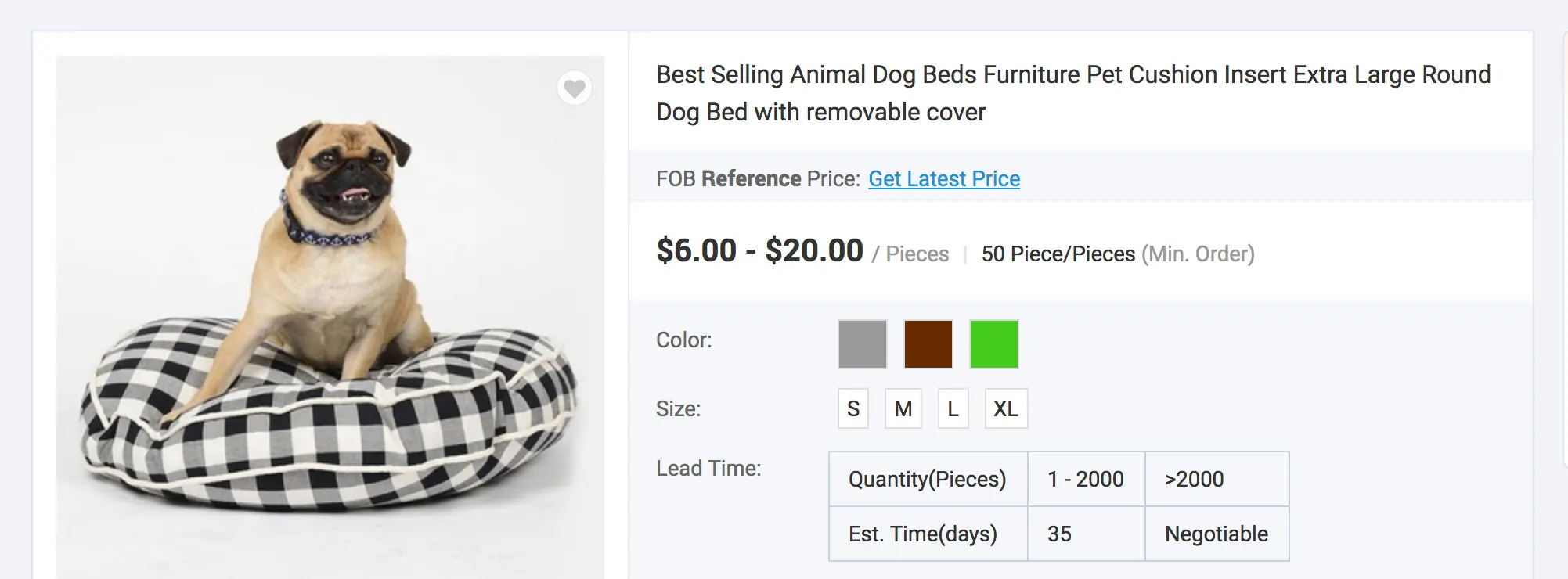
3. Include your “Minimum Order Quantity”
This is B2B 101, but we still see it happen. Including the minimum amount of units a buyer needs to purchase to qualify for an order is just as important as price.
In addition, if you have price drops based on the volume ordered, make sure to include this on the page. These price drops can help you upsell the buyer and convince them to purchase a larger quantity without even needing to speak to them.
4. Indicate if buyers can customize your goods
Many buyers are entrepreneurs who want to create their own product or product line for the first time, while others simply want to find products to resell.
For this reason, it’s important to quickly indicate if any customization is possible on the items you’re selling.
Some sellers on B2B marketplaces have the ability to fully customize a new product, some can do light customization like adding logos, colors, or small deviations to the product, while distributors might exclusively sell products as-is with no customization available. It’s important to indicate what your company is capable of doing so you attract the right type of buyers.
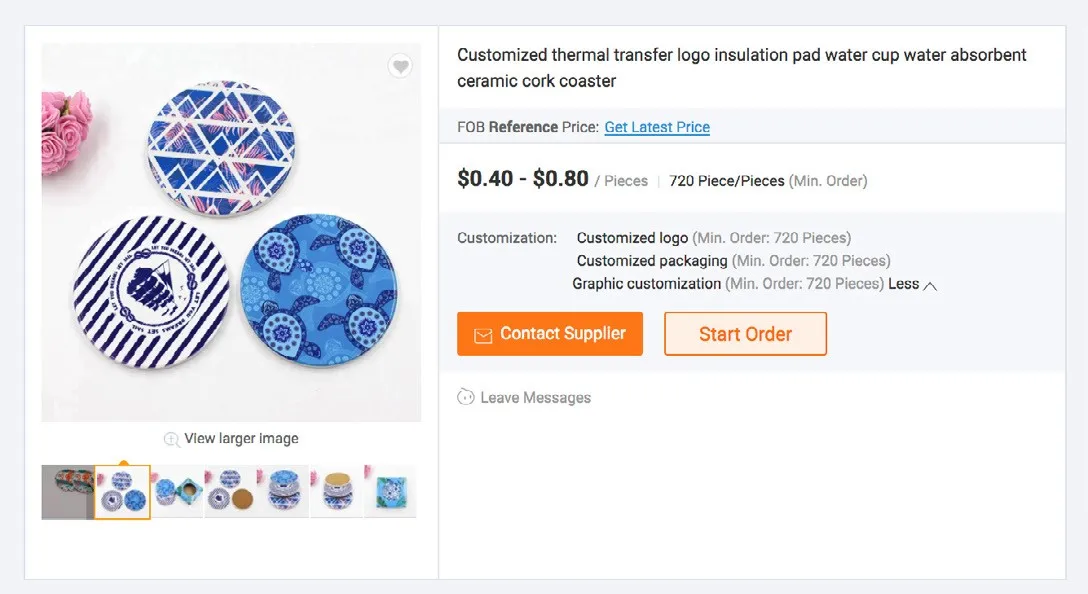
5. Put your entire catalog online
Based on site research and in-person interviews, we’ve found that business buyers don’t just browse the products listed on your online storefront. They also will download the entire digital catalog your company offers. This helps them understand your full range of capabilities, which is useful for many buyers who don’t want to ask questions back and forth - if they can see a few products that look like what they want, you’re both already one step closer to a sale.
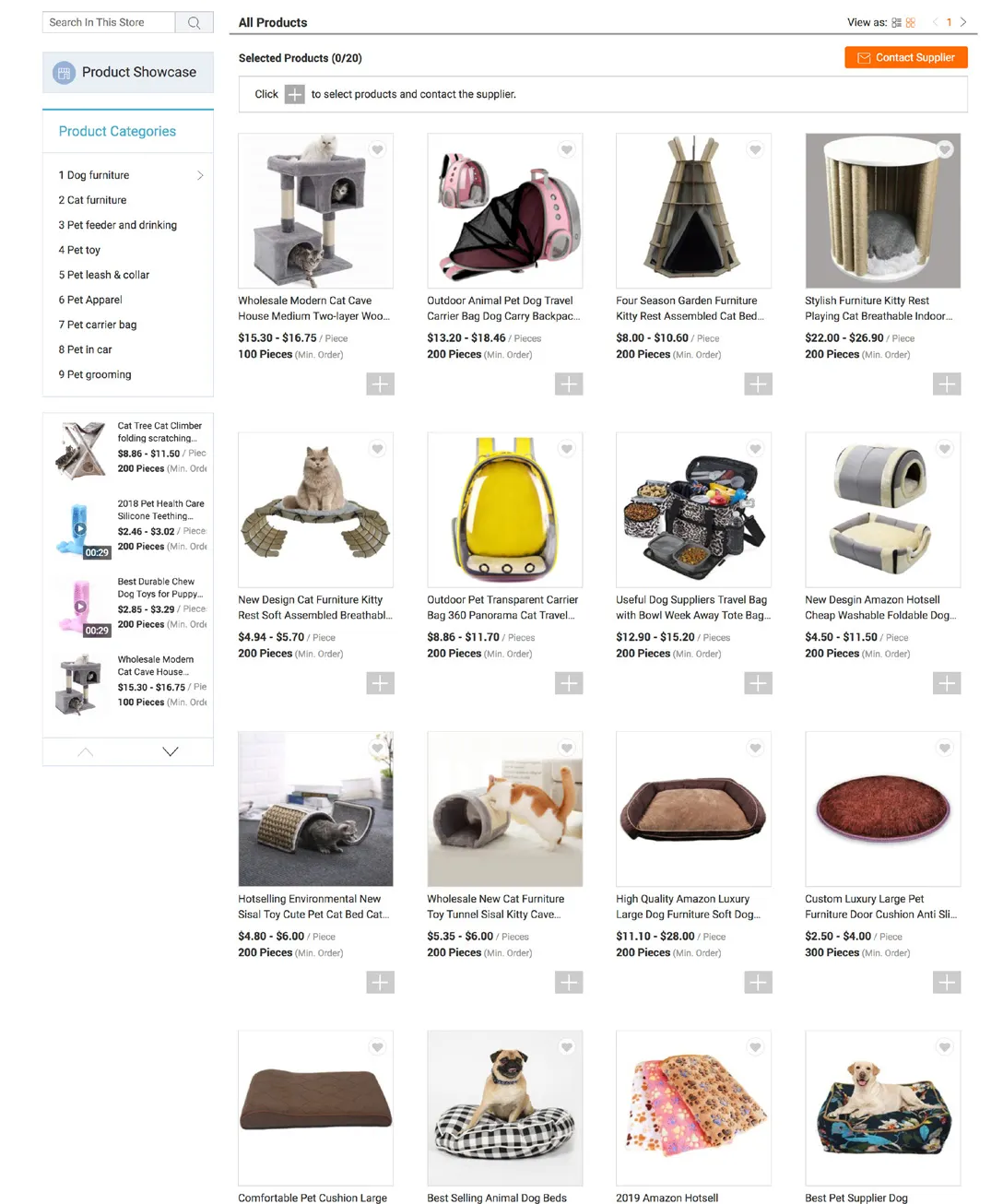
6. Upload product images and videos
Business buyers don’t just use images and product videos to inspire them to make a purchase, they use them to examine the product they’re buying in detail. You can help push their decision to buy from you by including multiple images from multiple angles with the highest definition and photo quality possible.
Buyers are also interested in seeing pictures of where the product is manufactured in order to see what the conditions are like, and start to get an indication of scale.
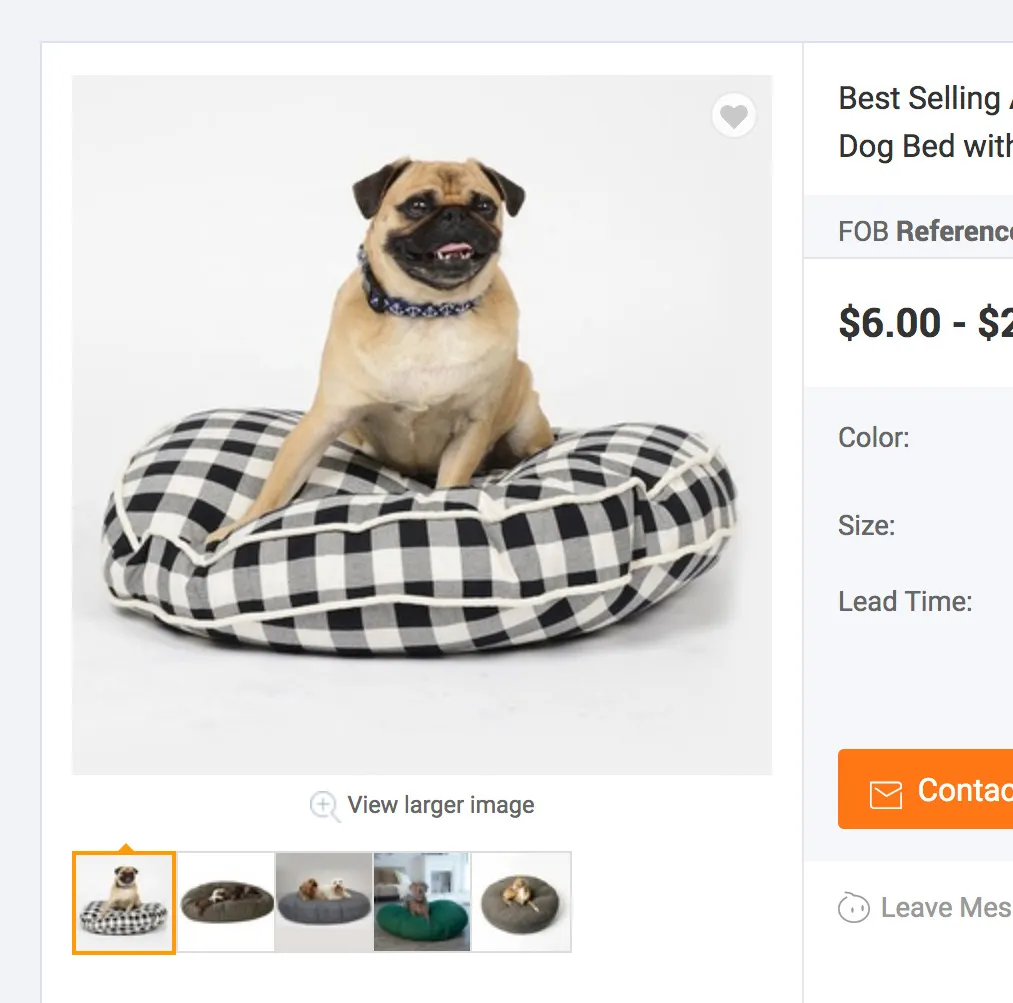
7. Show your ability to scale production
The first time a business buyer places an order, it may be a small one to test their market. However, every business owner dreams of having a product explode in popularity. That’s why it’s important to include information that shows your full production capability.
Include information about the capacity of your manufacturing facility, if OEM or ODM services are offered, and the size of your distribution business. This helps a buyer understand whether they can grow their business with you, or if they will just be placing smaller orders.
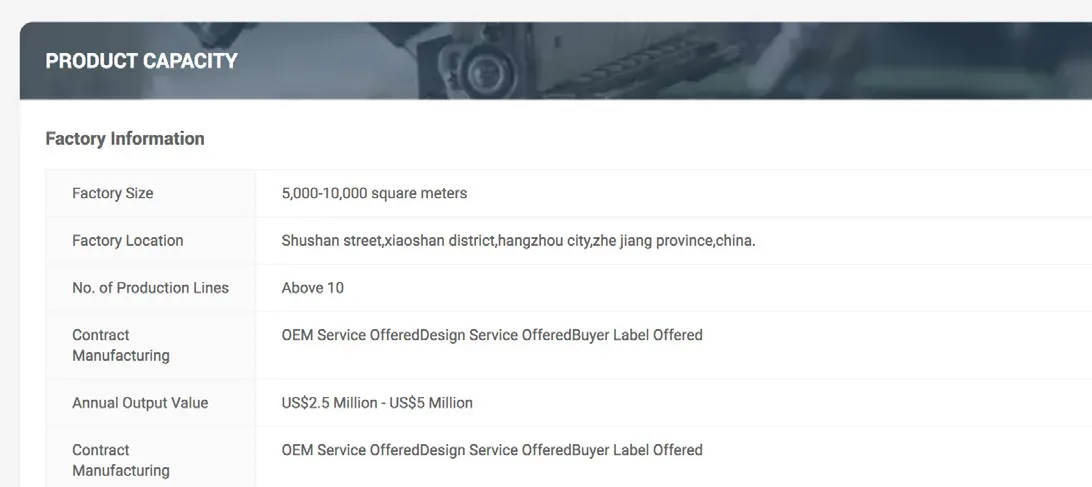
8. Help the buyer know - and trust - your business
B2B customers aren’t looking for a one-and-done order. They are investing precious time, money, and resources into the supplier they choose to make their goods. They don’t just want a supplier, they want a partner. They want to see what your business is like, and start to trust your company and its employees before they even speak to you for the first time.
This can be accomplished by including pictures of your company, your employees, even your community. Don’t be a nameless, faceless company selling on the web.
Give potential business customers a virtual tour of company and the opportunity to meet the people that will be supplying their products.
9. Test, measure and improve
There is always room to improve in every business, and your market and its customers are constantly changing. The best way to respond to this is by testing parts of your page to see if it affects performance. A great place to start is the listing’s name. Play around with keywords and send your page some traffic. Give it a week or two to see how your clicks and leads are impacted, and continue perfecting from there.
Start implementing these changes today
Whether you’re new to B2B sales or just getting started, it’s important to optimize your product page for your audience. But you should also remember that platforms that are good for end consumers tend to be bad for business buyers. Whether you’re a small, local business or a multinational corporation, a product page that’s optimized for your target audience will get you the traffic you want to see, and could even land you a relationship with a big business buyer.
You will also find that one of the greatest aspects of B2B ecommerce sites like Alibaba.com is that they’re equalizers, and on Alibaba.com, you can even get the help and support optimizing your product pages for the traffic you want to see.
Want to learn more about how Alibaba.com can help you reach millions of B2B buyers looking for goods like yours? Speak to an expert now.
Start your borderless business here
Tell us about your business and stay connected.
Keep up with the latest from Alibaba.com?
Subscribe to us, get free e-commerce tips, inspiration, and resources delivered directly to your inbox.















